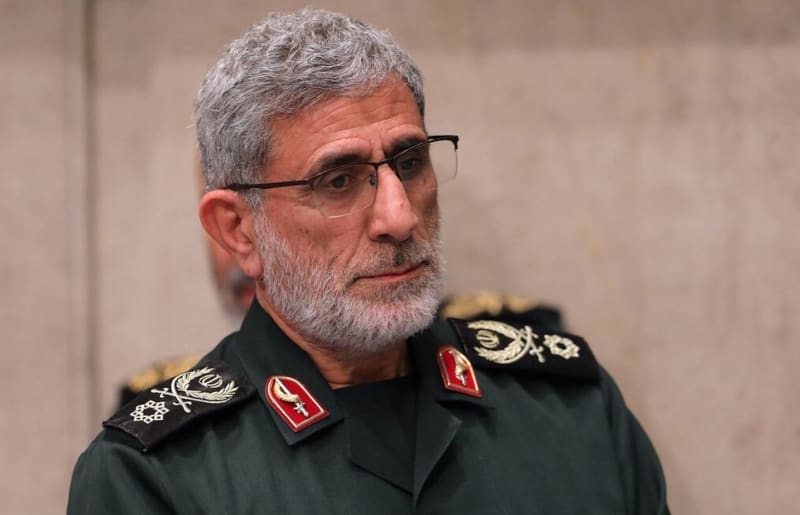Esmail Qa’ani, a prominent figure in Iran’s Islamic Revolutionary Guard Corps (IRGC), has reemerged in public following a period of speculation regarding his status after an Israeli airstrike targeting Hezbollah in Lebanon. As the commander of the Quds Force, Qa’ani plays a crucial role in overseeing Iran’s military and intelligence activities across the Middle East. His leadership began in 2020 after the assassination of his predecessor, Qassem Soleimani, who was killed in a U.S. drone strike. This context set the stage for heightened media scrutiny and concern over Qa’ani’s fate amid escalating tensions in the region.
In recent weeks, Israel has intensified its military actions against Iranian-aligned Hezbollah militants in Lebanon, increasing worries about the safety of key Iranian military leaders. Speculation about Qa’ani’s potential death arose following an alleged Israeli strike on October 3, which led to widespread discussions across various media outlets. The surge of rumors was fueled by his brief absence from public view, leading some commentators to suggest that he had been a casualty of the ongoing conflict. However, alongside these discussions, there were also theories suggesting that he had gone into hiding due to associates facing inquiries over potential espionage activities related to Israel.
Amidst the swirl of speculation, Iranian state media firmly denied these claims, emphasizing Qa’ani’s well-being and ongoing activities. Their reports aimed to quell the fervor of rumors surrounding his alleged demise, underscoring the necessity for Iran to project strength and resilience in the face of external threats. This situation illustrates a broader narrative where military leaders’ public appearances are not only significant for internal morale but also serve as a statement to adversaries regarding Iran’s unwavering resolve against foreign aggression.
Notably, Qa’ani’s public reappearance was marked by his attendance at a memorial service in Tehran, specifically commemorating a general who was recently killed in an Israeli strike. This appearance was portrayed by Iranian media as a testament to his continuing role and authority within the IRGC, reaffirming his leadership amidst the ongoing crisis. It highlighted not only his personal safety but also the IRGC’s commitment to countering Israeli actions and supporting allied forces such as Hezbollah. By participating in such memorials, Qa’ani is positioned within the narrative of resistance against perceived imperialist threats, further entrenching his role in Iran’s broader military and ideological landscape.
The circumstances surrounding Qa’ani’s situation reveal the high stakes and intricate dynamics at play within the Iranian military establishment as it confronts external pressures. The IRGC, particularly the Quds Force, is tasked with executing Iran’s foreign policy objectives, especially in conflict-prone areas of the Middle East. Their operations aim to extend Iran’s influence while providing critical support to affiliated militias, thus integrating military strategies with ideological imperatives. This dual function requires leaders like Qa’ani to navigate complex geopolitical challenges while fostering solidarity within their ranks.
In conclusion, Esmail Qa’ani’s recent public appearances and the Iranian media’s robust denial of his supposed demise underscore the critical role of leadership visibility during periods of tension. His command of the Quds Force places him at the forefront of Iran’s military strategies, especially in an environment marked by intense opposition from Israel and other regional adversaries. As the conflict continues to unfold, Qa’ani’s actions and the IRGC’s positioning will likely play pivotal roles in shaping not only Iran’s military calculus but also its broader strategic narratives in the Middle East. The intertwining of national resilience, military interaction, and public perception remains essential in understanding Iran’s approach to regional security and its responses to foreign threats.

